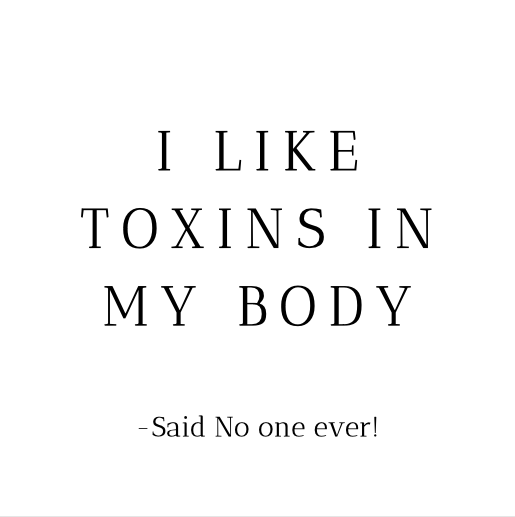Why is clean beauty so expensive?

Why is clean beauty so expensive?
This is a question that I'm asked on a semi-regular basis but before I answer this question, let's clarify what clean beauty is and what it is not. This is important because so many people have no idea what the difference is between the buzzwords they hear daily like natural beauty, vegan beauty, cruelty-free beauty. Believe it or not, they all mean very different things.
Clean beauty are products made using only 100% natural and naturally derived ingredients that are safe and do not pose any health threats to humans or the environment. The ingredients are sustainably and ethically sourced and are packaged using recyclable and/or biodegradable materials.
So back to the topic of why these products are more expensive than many traditional personal care and beauty products. This is due to the cost to source the often rare and expensive ingredients it takes to create a clean, non-toxic beauty product. If you've ever read the labels and compared those of clean beauty brands and those of traditional beauty brands, you'll notice that the ingredients used are night and day.
Firstly, clean beauty brands use ingredients that most people can recognize such as sea buckthorn oil, prickly pear seed oil, hibiscus flower or aloe, etc. What you'll likely find on the ingredients list of a traditional beauty product are things like water, alcohol, mineral oil, and a bunch of chemicals you can't pronounce. Water, mineral oil, and alcohol are the cheapest ingredients you can use to create a product so really what you're paying for are the branding and packaging. And finally, a reason for the cost goes back to the quality of the ingredients. Because they are so potent and not diluted with fillers, you don't need to use as much and as a result, a little goes a long way.
To sum up the answer to why clean beauty is more expensive: You get what you pay for. You're paying for an abundance of quality and highly effective, safe ingredients. You're supporting a brand that practices fair trade in the communities they are sourcing these ingredients from. These products are made and manufactured in the US where labor costs are more expensive and finally you're paying for packaging made from recycled materials which unfortunately cost a premium to be able to do.
But if you care about the environment and you care about your health, spending a few extra dollars on something that can have profound long term benefits (and decreases your exposure to health risks which cost WAY more to treat by the way) it's a no brainer to me and why I'm such a passionate advocate for clean, safe, non toxic personal care and beauty products.
Some fun facts: The average woman uses between 8-12 personal care and beauty products daily. People who use traditional personal care and beauty products are exposed to an average of 168 toxic chemicals daily. Your skin absorbs approximately 60% of what you apply on it which ultimately travels to your blood stream and organs.
Buzzwords defined
Cruelty-Free: Just because a product is cruelty-free, doesn't mean it's clean. A good example would be a brand like Cover Girl. The ingredients are no longer being tested on animals which is great but their ingredients are still full of known carcinogens and endocrine disruptors including Talc, Parabens, and Silicones.
Vegan Beauty: This simply means that the products were formulated without the use of any animal or animal byproducts. A product that is vegan can still be considered unsafe and therefore not clean. A good example would be Charlotte Tilbury or Milk. Both companies do not use animal products but they do use ingredients that are unsafe such as Silicone, PEG's, and aluminum.
Natural Beauty: So this is a tricky one because it has the word natural in it but not everything found in nature is safe to put on your skin ( i.e poison ivy is natural but you wouldn't want to apply that to your face or body). A good example of a brand that has positioned itself as a natural brand but has been known to use natural ingredients that are toxic for human consumption would be Burt's Bee's. They have used lead in their lipsticks (which is very common amongst traditional beauty brands). Lead is natural but when consumed even in the smallest doses, it can lead to diseases including neurotoxicity disorders and infertility. The average woman ingests 4 pounds of lipstick in her lifetime. Just something to think about.
So when you're shopping for personal care and beauty products, I encourage you to look at the ingredients. Look at what exactly you are paying for and the answers should be pretty clear based on all the information you're now armed with.
xoxo PWB
